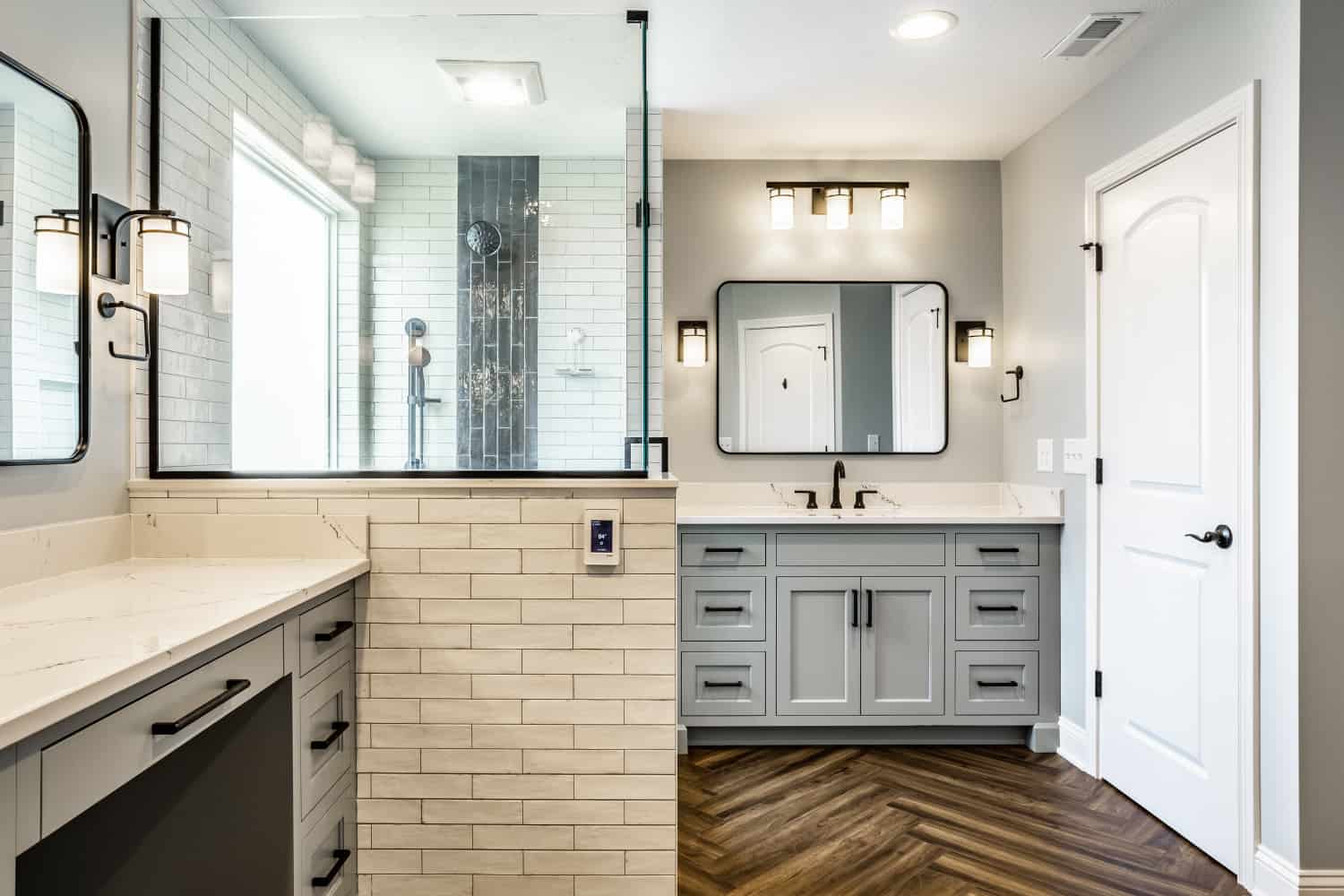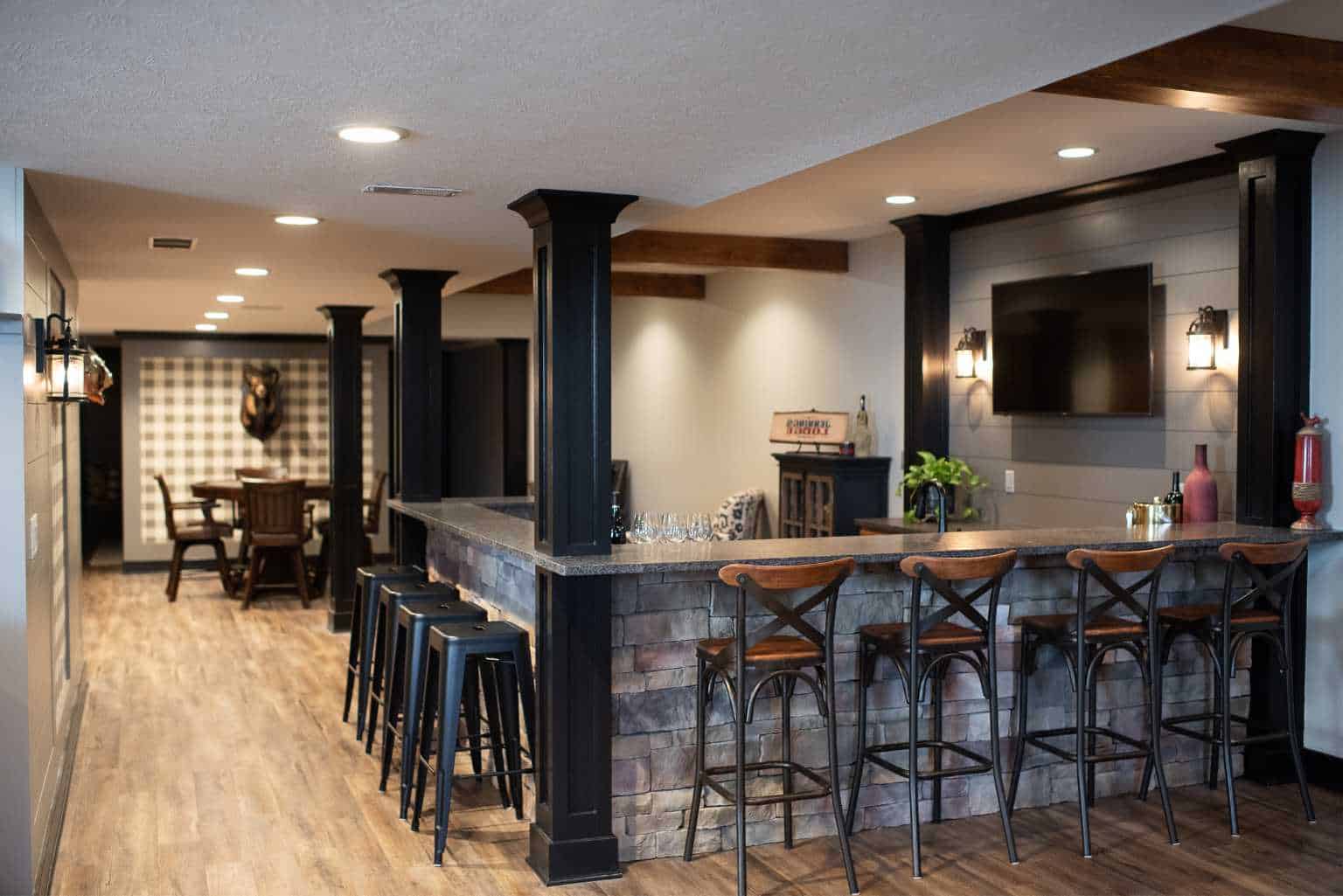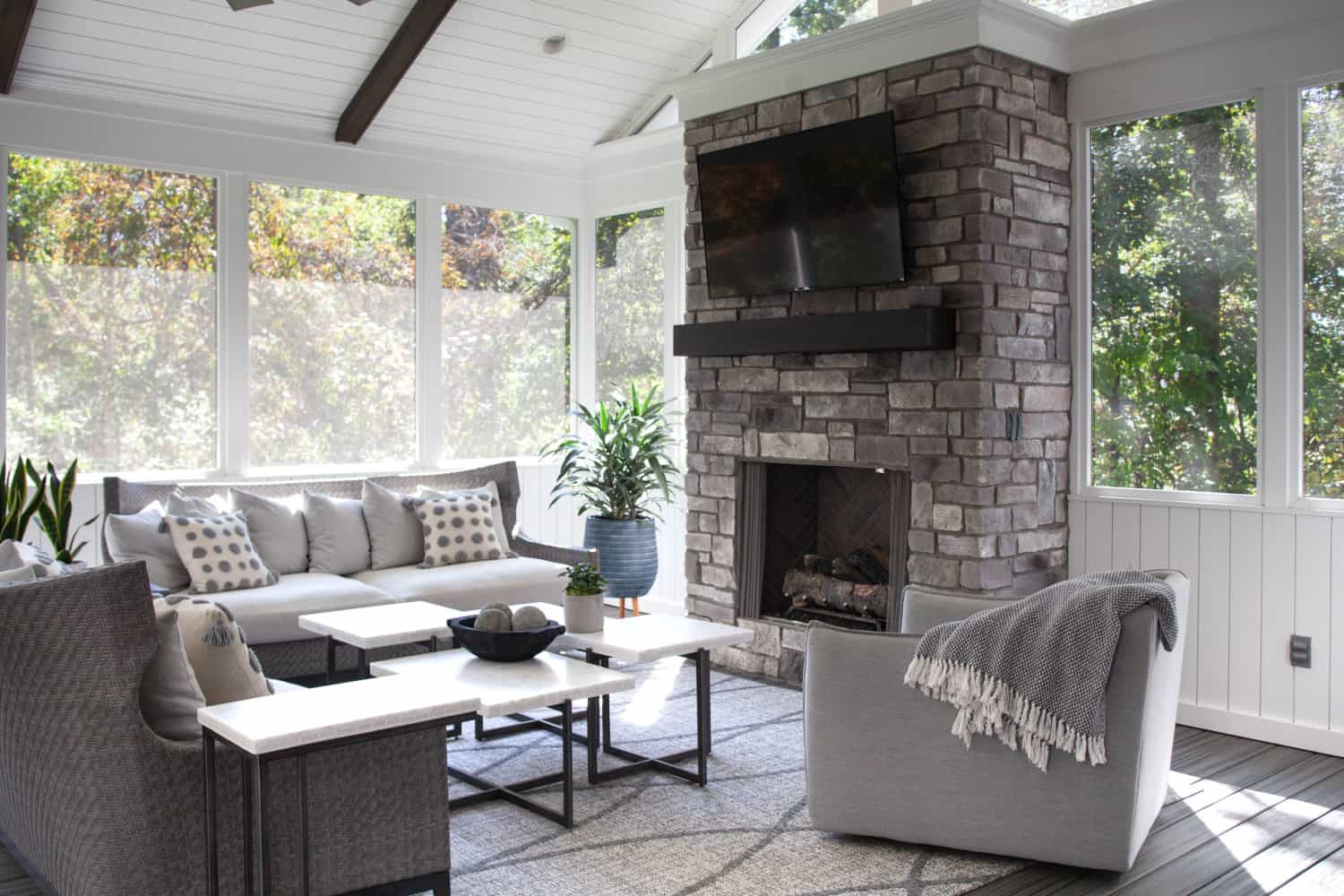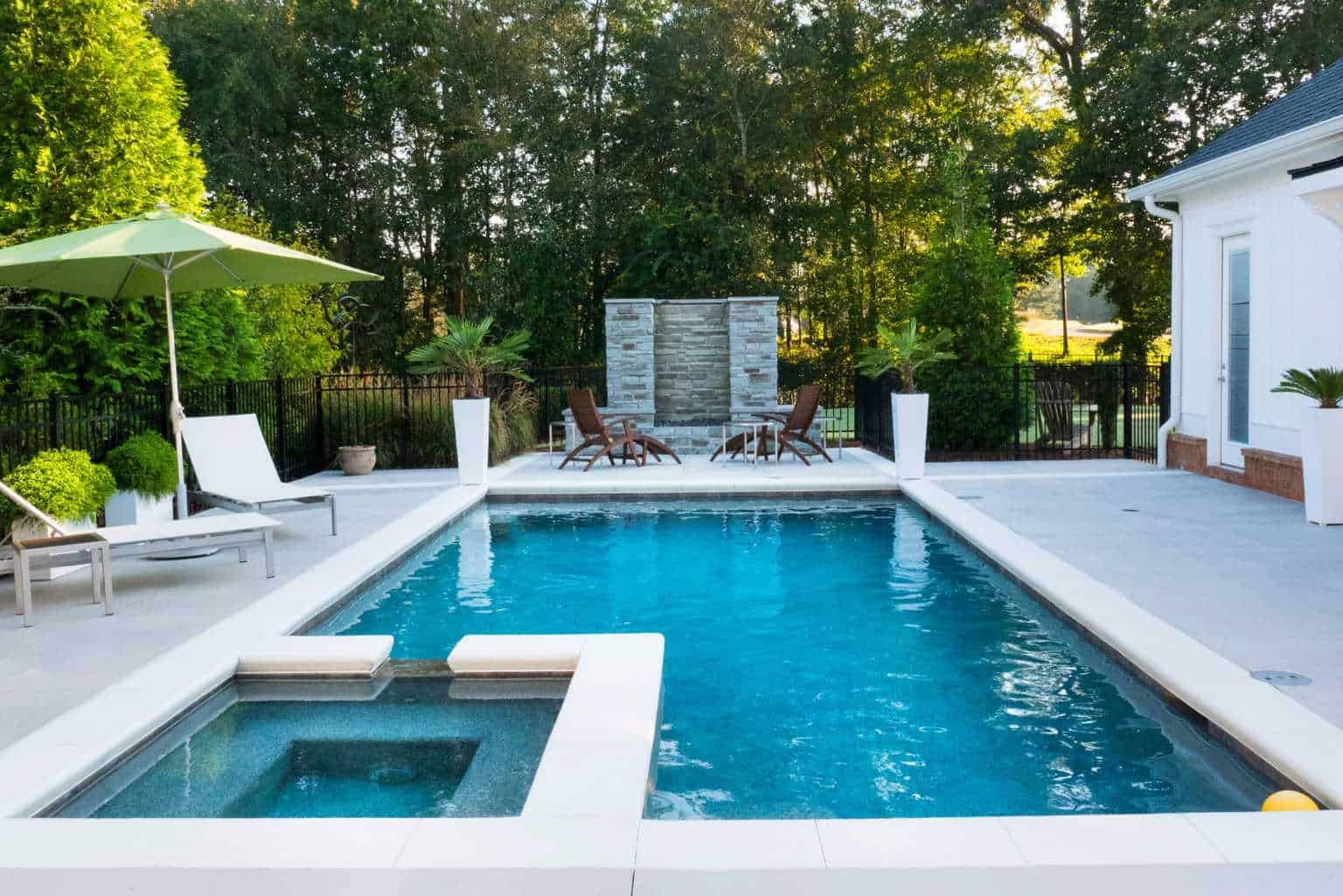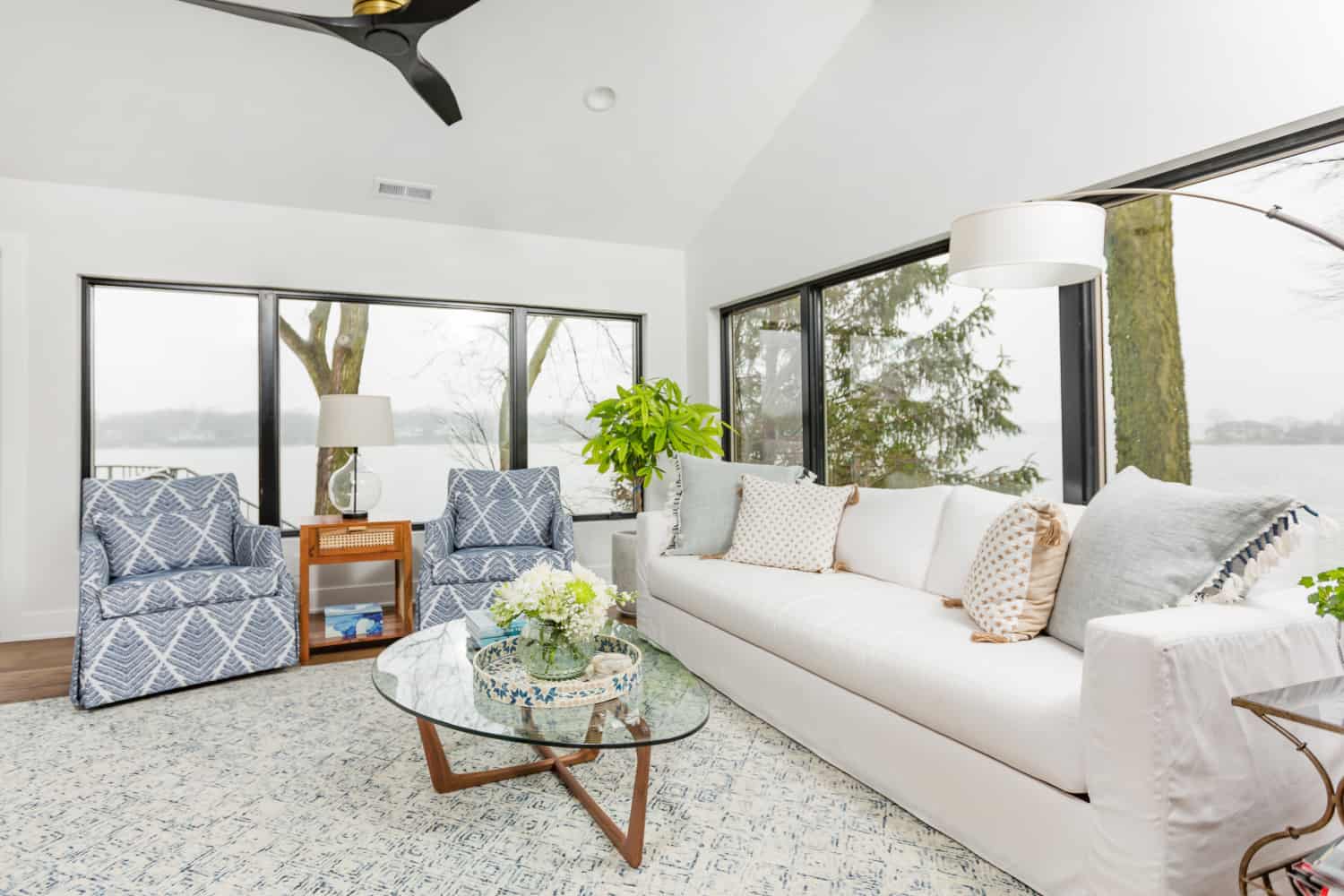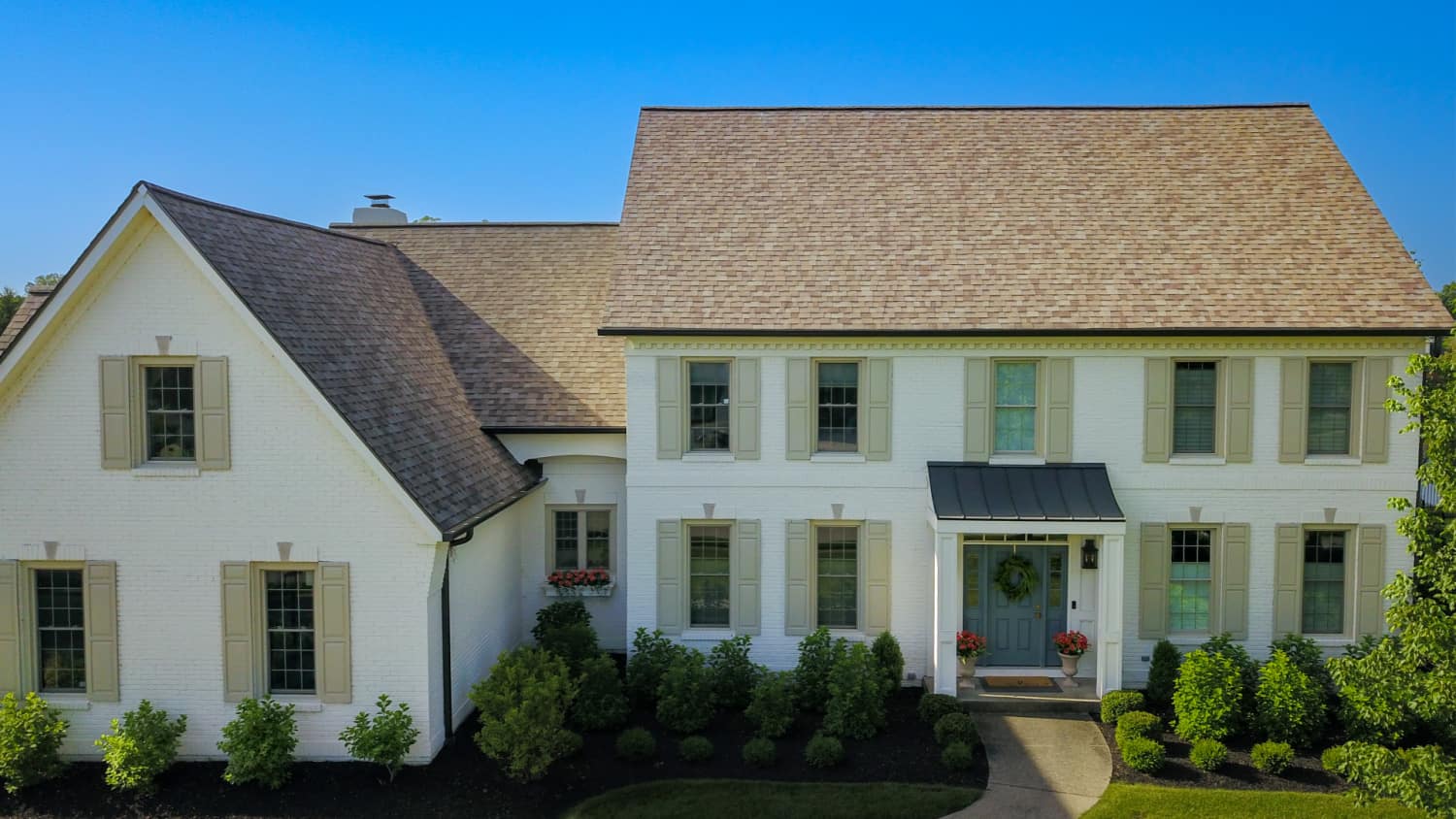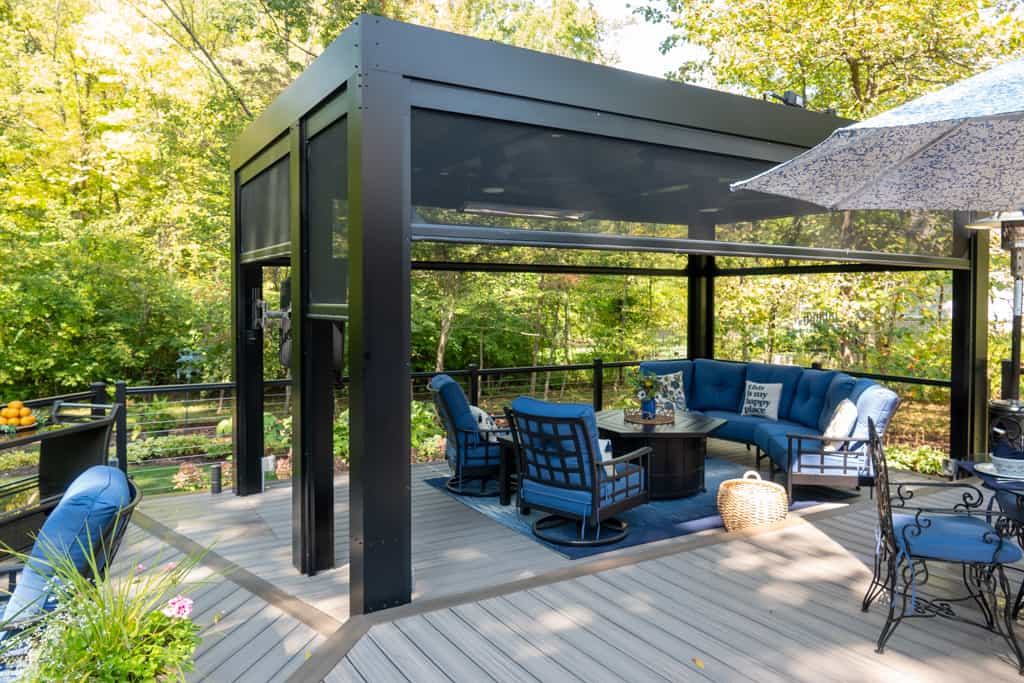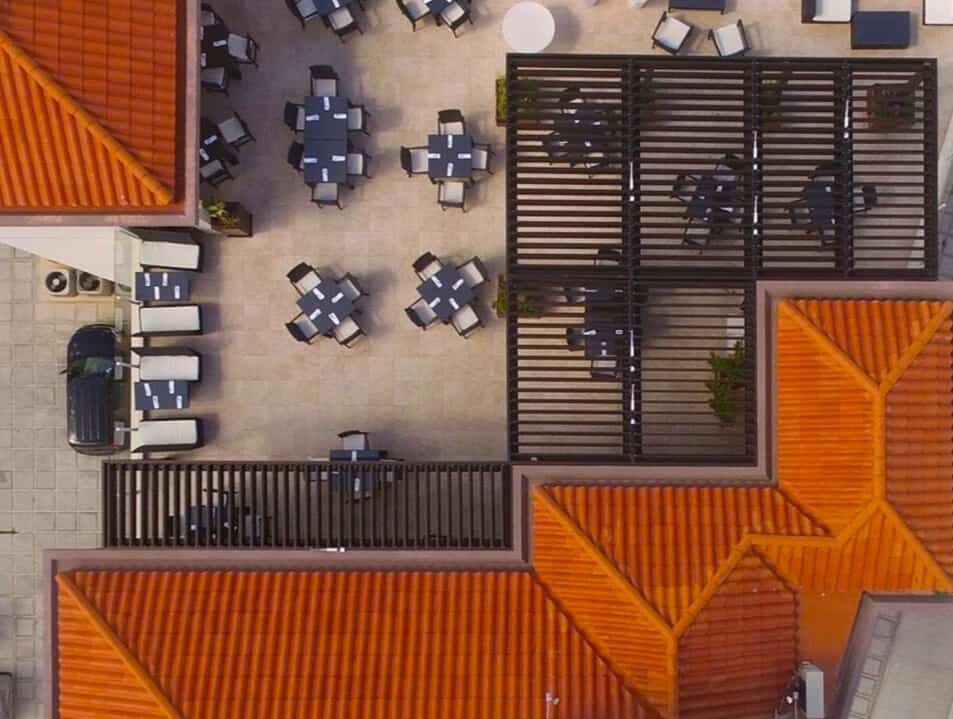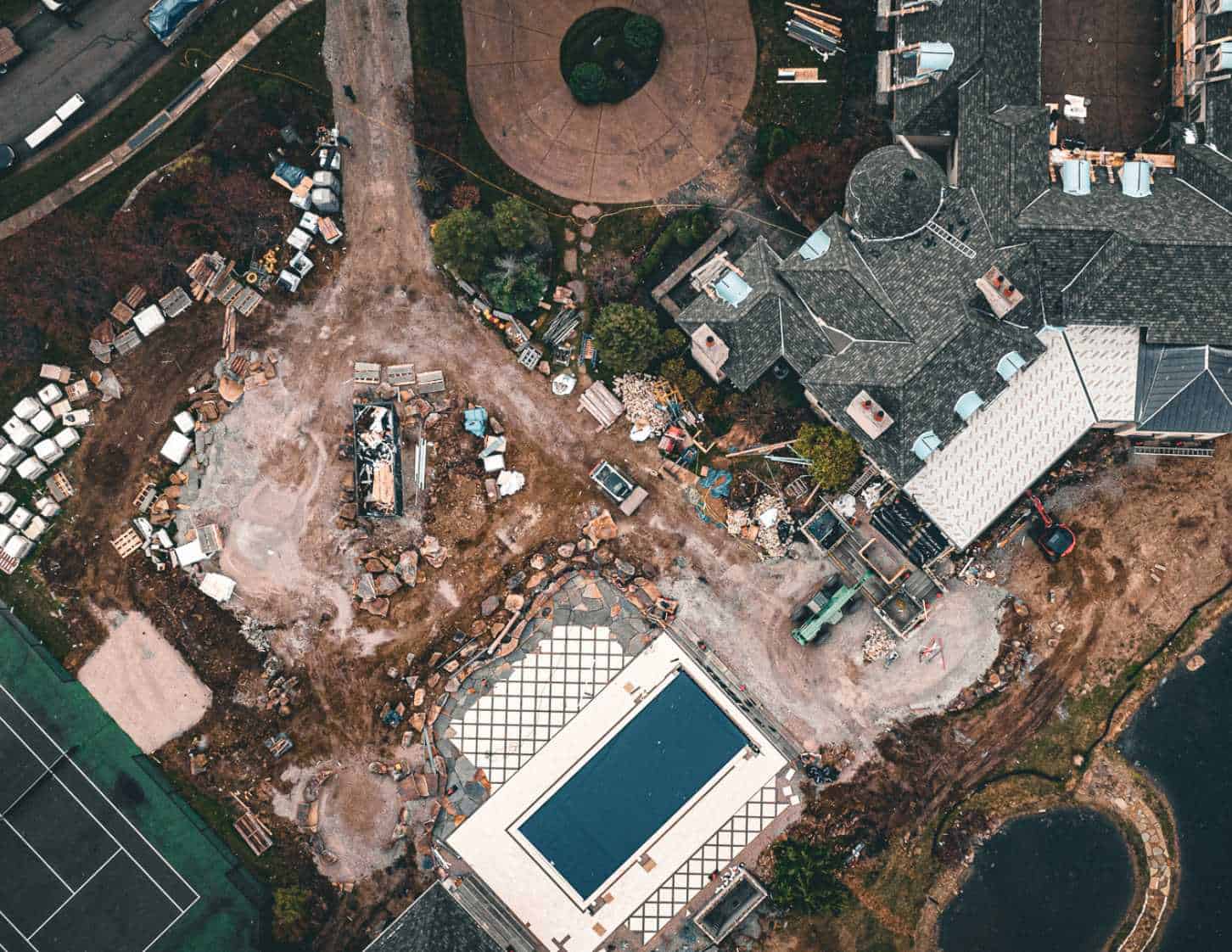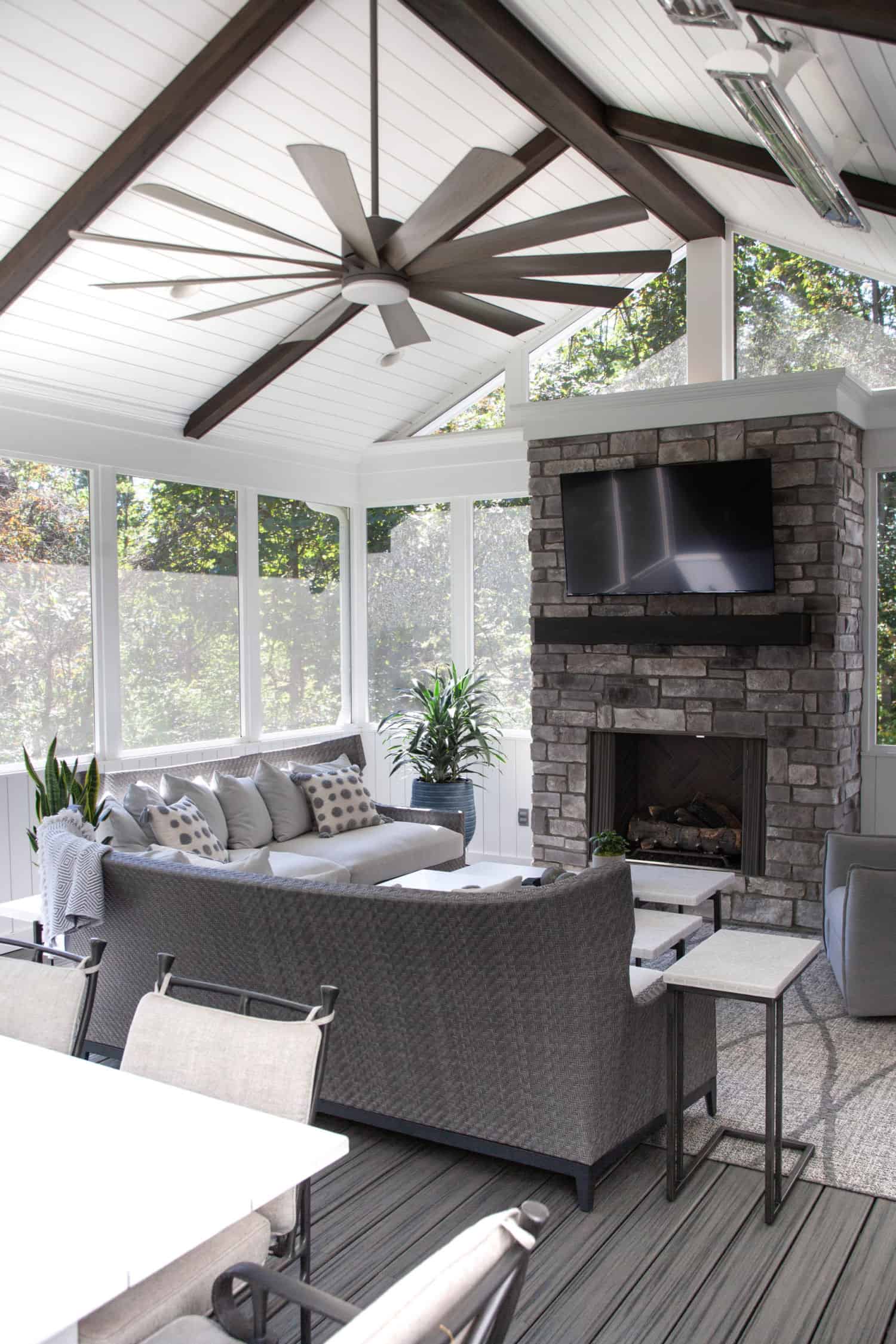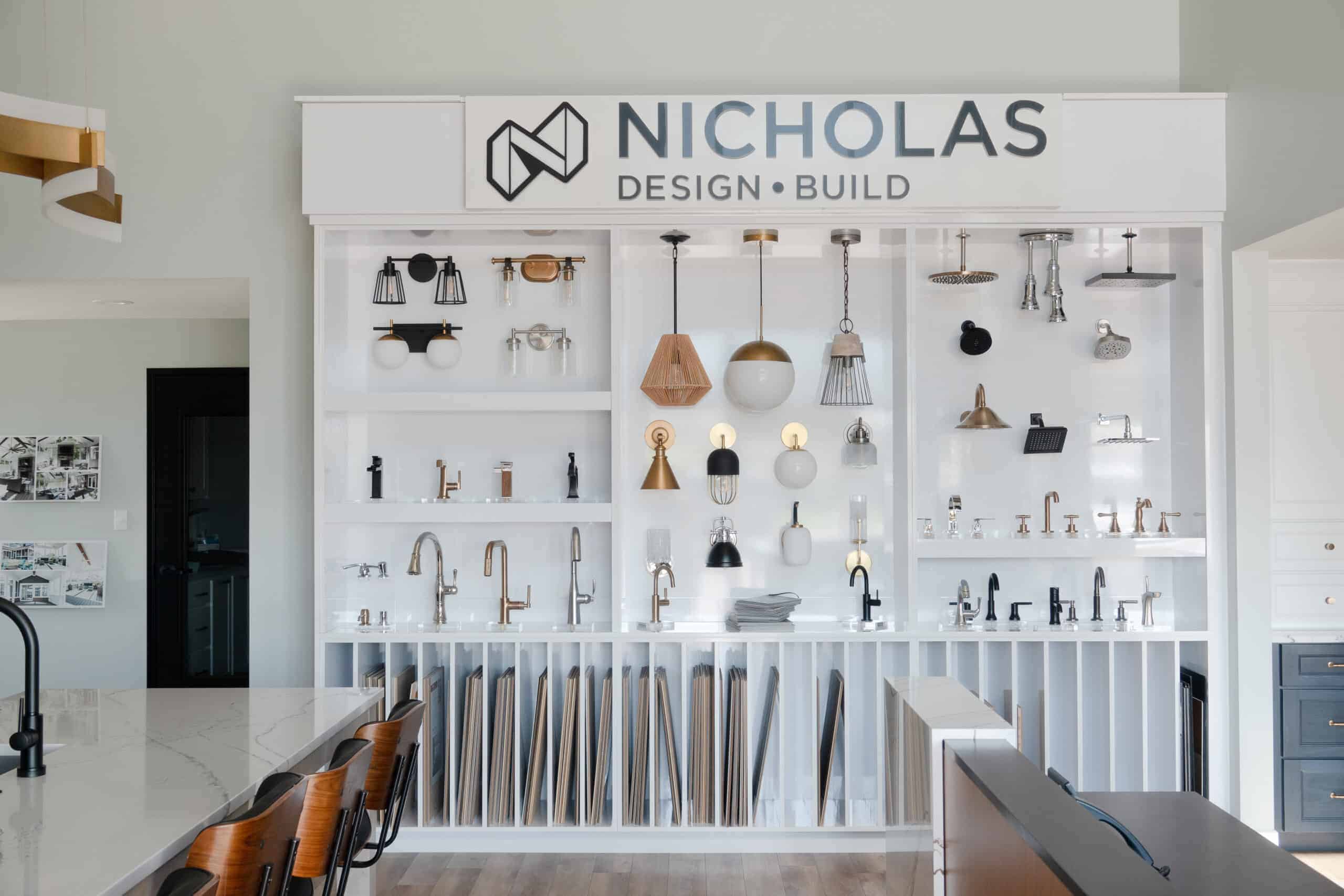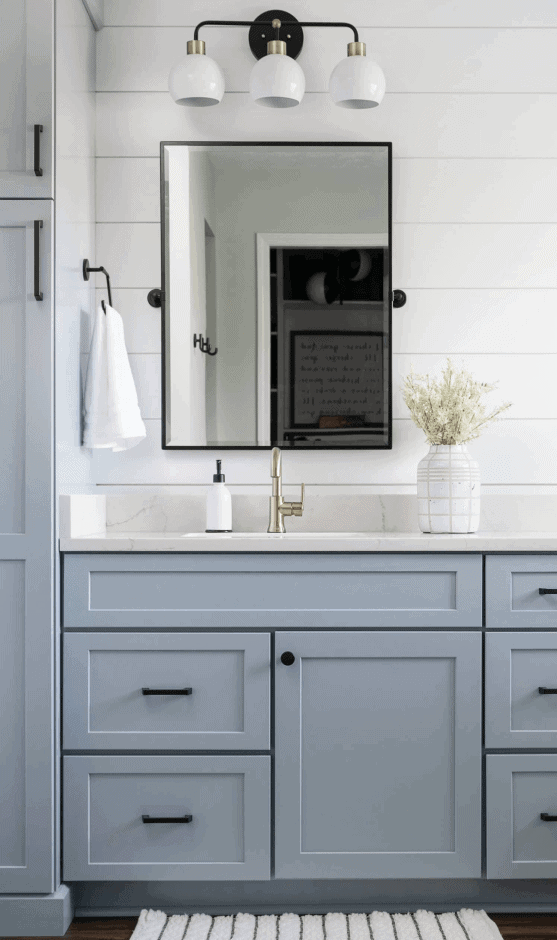The global climate crisis cannot be ignored anymore. Solutions call for the participation and cooperation of all sectors, including the construction industry. The home decor sector is also seeing a major shift towards sustainable design trends in 2021.
Architects and designers have responded with increased application of the “reuse, reduce and recycle” principle. They are now incorporating sustainable materials and planet-friendly components into their construction projects.
Reclamation, upgrades, repurposing, and rescue of existing and vintage items are replacing newly manufactured materials. And where new ones are used, they are sourced from organic and sustainable natural products.
The current best practices in home design and building are geared towards green living, both indoors and outdoors.
From sustainable materials to indoor air quality, we’ve researched the top sustainable design trends shaping the home design industry. Curious to know what trends are paving the way forward? Keep reading to discover the 6 home design trends we’re taking note of!
Sustainable Design Trends to Watch Out for in 2021
These movements in the home design and building business will outlast the fad status. With their positive impact on the health of the environment and its inhabitants, homeowners are anticipated to demand their use as a rule moving forward.
If you are ready to have your custom-built dream remodel done, make sure your design-build firm knows you’re conscious of your family’s carbon footprint so that they can incorporate some if not all of these sustainable design trends in your project:
1. Focus on Energy Efficiency
This year, designers are incorporating more features to conserve energy. In effect, these techniques will encourage homeowners to use their lighting, cooling, and heating systems less frequently.
One such method is opting for expansive windows, which address both aesthetic and functional concerns at once. It enhances natural illumination, offers a generous view of the outdoors, and improves indoor air circulation.
Likewise, energy-efficient windows block light leakage, eliminating the need for more lighting fixtures or higher wattage. They keep a dwelling well insulated and temperature controlled to minimize the use of heaters during the cold months and air conditioning in summer.
Solar panel installations are also becoming increasingly popular. It takes an average of 28-34 standard sized panels to power 100% of an average-sized home.
2. Utilizing Recycled and Sustainable Resources
Wood, brick, plastic, glass, concrete, metal, tiles, doors, wall coverings, insulation, and steel beams are just some examples of materials that can be rescued from abandoned houses and buildings marked for demolition.
Recycling these items is a cost-effective way to build a new home. It’s also an environment-friendly method of giving objects a new life so they don’t find their way to landfills. And this year, you can find a recycled version of any conventional building material.
Ecological alternatives are also becoming more widely available. For instance, some cement manufacturers incorporate sawdust in the production process to reduce greenhouse gas emissions while keeping the material structurally sound.
If you’re planning for a rustic or country style home remodel, you don’t need to dress up reclaimed items. You get the look instantly and without effort.
Sustainable design trends: 3. Ensuring Non-Toxic Living
2021 is seeing a lot of people becoming more conscious of their health, not only in terms of the food they consume but also the materials they use. Design-build firms are also moving towards the use of non-toxic materials in construction.
One of their main objectives is to use more natural building materials. Traditional and synthetic ones filled with toxic substances will make way for harmless replacements.
Such alternatives are, in fact, already available: paints without VOCs (volatile organic compounds), Terrazzo tiles, linoleum, and Marmoleum flooring, carpets without stain- and water-repellent chemicals.
Natural and highly renewable materials like bamboo, air-dried clay bricks, or sand for walls are likewise safe and abundant substitutes.
4. Better Indoor Air Quality
Home designs in 2021 will see an improvement in the reduction of air pollutants inside dwellings. Builders are adopting ductless air conditioning systems and green walls where plants can thrive and absorb toxins.
Sliding glass doors that open to gardens is another trend gaining traction among designers. Opening them during the day allows fresh air to enter and circulate within a home.
Sustainable design trends: 5. Efficient Use of Water
Climate change has resulted in drought and wildfires in different parts of the world, so your contribution to water conservation is critical in helping prevent the depletion of our finite potable water resources.
There are several ways to do this, and building a home with a robust plumbing system is a good place to start. Ask your contractor to present options of materials that can withstand pressure for a very long time without leaking or leaching chemicals into the water.
Switch to toilets with low capacity water tanks. Consider innovative designs that catch wastewater from the sink and redirect it to the toilet tank.
Extend the economical use of water to your landscape. Choose low-maintenance plants and trees which can survive with little irrigation.
6. Industrial Design
Homes with an asymmetrical scheme echo old industrial buildings, barns, churches, and warehouses converted into residences.
This sustainable design applies the style of these structures’ existing foundation and skeletal construction. It uses distressed wood, iron, aluminum, bricks, and recycled plastic to reduce cost and chooses existing materials over new ones.
The furniture and fixtures in this type of dwelling are mostly made from rescued wood and metal shelves, cabinets, panels, and sinks. Beams and pipes are usually exposed and surface areas are kept to a bare minimum.
7. Creating Ecologically Smart Homes
Enlist technology in your efforts to consume less electricity. Control the temperature and lighting of your home with automated systems that you can operate remotely, even when you’re away on vacation.
Support Sustainability with Your Home Builder
Safeguarding the environment for future generations is a collective responsibility. To this end, no effort is too small. Every action counts.
As you go through the process of designing and remodeling your home, include the sustainable design trends described above. Your family will not only benefit from a healthier environment but also enjoy a more economical lifestyle.
Your success in following a sustainable living greatly depends on the design-build team you hire. Discuss eco-friendly options with them before construction commences to ascertain that they are on the same page as you.
THE FOLLOWING ARE OUR Sustainable Remodeling SERVICE AREAS
McCordsville, Indiana
Fishers, Indiana
Carmel, Indiana
Lawrence, Indiana
Greenfield, Indiana
Zionsville, Indiana
Noblesville, Indiana
Whitestown, Indiana
Westfield, Indiana
Rocky Ripple, Indy, Indiana Meridian Kessler, Indy, Indiana
Castleton, Indy, Indiana
Meridian Hills, Indy, Indiana
Fortville, Indiana
Pendleton, Indiana
LEARN MORE

